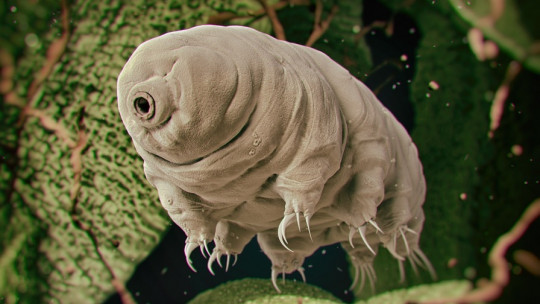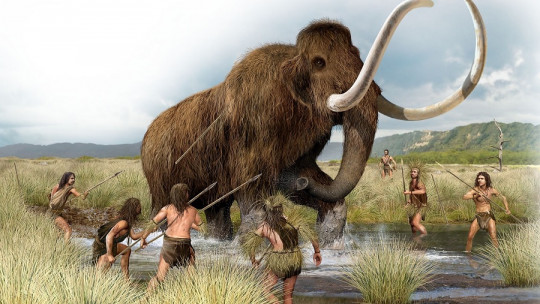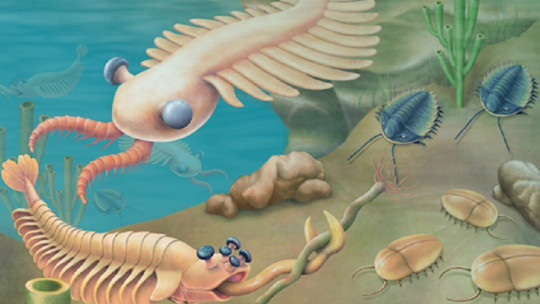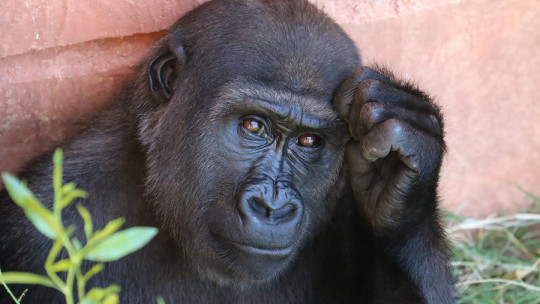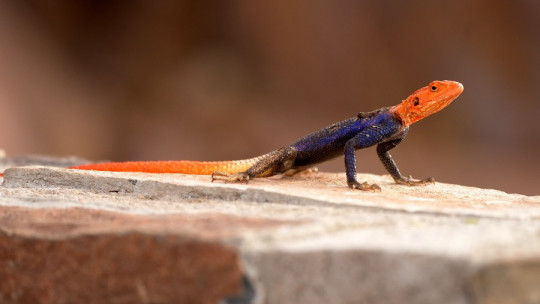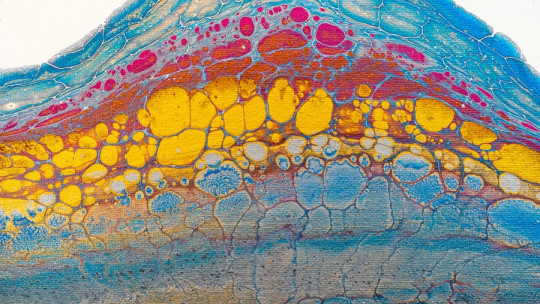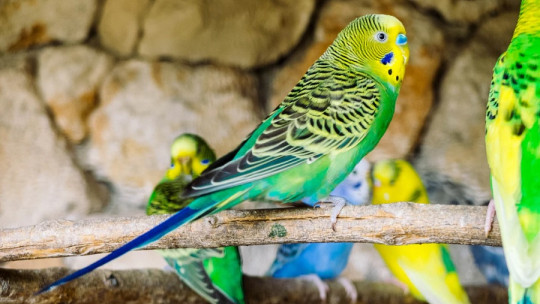
Various sources indicate that there are at least 8.7 million species of living beings on the planet. Of all of them, it is estimated that 86% of the terrestrial ones and 91% of the marine ones remain to be discovered. Today, we only know 1.3 million living beings, so we have a long way to go.
Human beings require tools to compartmentalize the enormous amount of information we collect and the physiological variety that surrounds us, and phylogenetics is a discipline of biology that helps us do this in the field of living beings.
Unfortunately, we are faced with a tool that is complex to understand and, therefore, It is normal for the average person to get lost in terms like “clade”, “taxon”, “monophyletic group” and many other words with complex connotations. That’s why we are here, because we will see what the differences are between these terms.
The importance of phylogeny
We cannot describe these terms without first making special mention of phylogeny and phylogenetics. Phylogeny is defined as the kinship relationships between species and, for its part, phylogenetics is the discipline of biology responsible for discovering them
In other times, these phylogenetic relationships were inferred from morphological and to a lesser extent anatomical and chemical characters, since there was no other way to relate living beings beyond observable patterns. Nowadays and after the discovery of PCR (Polymerase Chain Reaction), much more reliable family relationships can be established.
In general, we can summarize the process in the following steps: the tissue of a living being is extracted and its DNA is isolated, whether nuclear, plastidial (in plants) or mitochondrial, amplified and subsequently sequenced. This DNA sequence is compared with those of its possible relatives and, through the analysis of genetic homologies (that is, similar sequences due to the same evolutionary origin) a series of phylogenetic trees are generated with computer programs
This type of diagram presents the evolutionary relationships between the groups of living beings that are being analyzed, taking the common ancestor as the base or trunk and the different species as subsequent branches. It should be noted that, in many cases, these trees are not completely reliable and there is no single option to be taken as dogma. We are faced with a series of more or less probable hypotheses, but in very few cases definitive facts.
Differences between clade, taxon and monophyletic group
This introduction was necessary, since it is impossible to understand the terms that concern us today without spending a good amount of time understanding what a phylogenetic tree is and how it is constructed. Once we’ve laid the groundwork, we introduce each of the terms separately and then discuss the main differences between them.
1. Clade
A clade refers in biology to a group of living beings formed by a phylogenetic branch that is made up of a species and all its descendants
If we make a single “cut” in a phylogenetic tree in a reasoned way, we will include the common ancestor (at the base) and all its descendants in subsequent branches. All these species encompassed by the common ancestor form a single branch on the tree of life.
2. Taxon
Things get complicated, since we are faced with words that may seem quite similar at first glance. For its part, a taxon is defined as a group of related organisms, which in a given classification have been grouped in a hierarchy of inclusion, where each level covers other minor ones (in general). The fundamental taxonomic categories are, from highest to lowest: domain, kingdom, phylum, class, order, family, genus and species Let’s take an example:
Human being: Domain Eukaryota- Kingdom Animalia- Phylum Chordata- Class Mammalia- Order Primates- Family Hominidae- Genus Homo- species Homo sapiens.
Thus, this taxonomic classification completely defines us as a species. We are eukaryotic beings because we are made up of cells with a true nucleus, we are also chordate animals, since we present an embryo with characteristics common to other animals and we are also hominid primates.
The key to a taxon, unlike a clade, is that it can be natural or not A natural taxon follows the guidelines of a clade, as it only represents living beings that are found within a branch of the phylogenetic tree of life, that is, they come from a common ancestor and present clear evolutionary relationships.
On the other hand, an artificial taxon is one that does not occur in nature, that is, that individuals collected in such a taxon do not have to have a common ancestor An example of this is the protozoa, which have similar characteristics together but have very remote ancestors between them. It is a linguistic convention that allows us to group living beings in a kind of “catch-all” so that we understand each other better.
Thus, flowers that have the color of their yellow petals can form their own taxon, or aquatic animals can be separated from terrestrial animals through an artificial taxonomic grouping. These living beings may not have common ancestors, but they are grouped together in order to understand a series of specific characteristics or a shared lifestyle.
3. Monophyletic group
A group of living beings is monophyletic if all the organisms included in it have evolved from a single ancestral population or species and all descendants are within this group. It is necessary to differentiate it from two other terms that usually accompany it:
Paraphyletic group: includes the common ancestor of all members, but not all of its descendants. Polyphyletic group: does not include the most recent common ancestor of the groups. It is made up of an artificial selection of branches of the evolutionary tree.
There are no half measures here: clade and monophyletic group are synonyms. Similarly, a paraphyletic group is a clade from which a group has been subtracted for explanatory or scientific purposes. For example, reptiles are a paraphyletic group, since birds are left out, with which they share a common ancestor. Since it does not resemble the rest of the animals in this group, it has been decided to create an artificial split that does not respond to the fidelity of the evolutionary tree. Thus, the group of reptiles lacks taxonomic validity from a strict point of view
On the other hand, and building more bridges, a polyphyletic group could also be considered an artificial taxon. Using the same example as before, protozoa are selected from different branches of the evolutionary tree without having direct common ancestors, due to the common characteristics and lifestyles they present among themselves.
So: what makes them different?
If you came looking for discrepancies, you may be disappointed. A clade, a complete natural taxon and a monophyletic group come to express the same thing: a common ancestor and all its descendants.
On the other hand, we emphasize the term “complete natural taxon” A taxon does not always have to correspond to a clade because, as we have seen, there are researchers in the world of taxonomy who have reasons to propose and use paraphyletic groups that are more intuitive than the real monophyletic groups that encompass them, thus generating more useful classifications. and predictive. This is also the case of artificial taxa (polyphyletic groups), among which we find the groups of algae or protozoa already named.
Summary
Your head may hurt after so much terminology and convoluted concepts, but the overall message is simple: A clade and a monophyletic group can be considered synonymous, while a taxon does not always have to correspond to the clade since sometimes modifications are made in order to generate more intuitive and easier to understand groupings.
This is the case of the already named reptiles, for example. Instead of reptiles and birds separated into two different groups, the most correct thing would be to talk about the sauropsida clade (modern reptiles + birds), since it is a monophyletic group with a common ancestor. Are birds reptiles, then? No. They are both sauropsids, some flying and others not.


